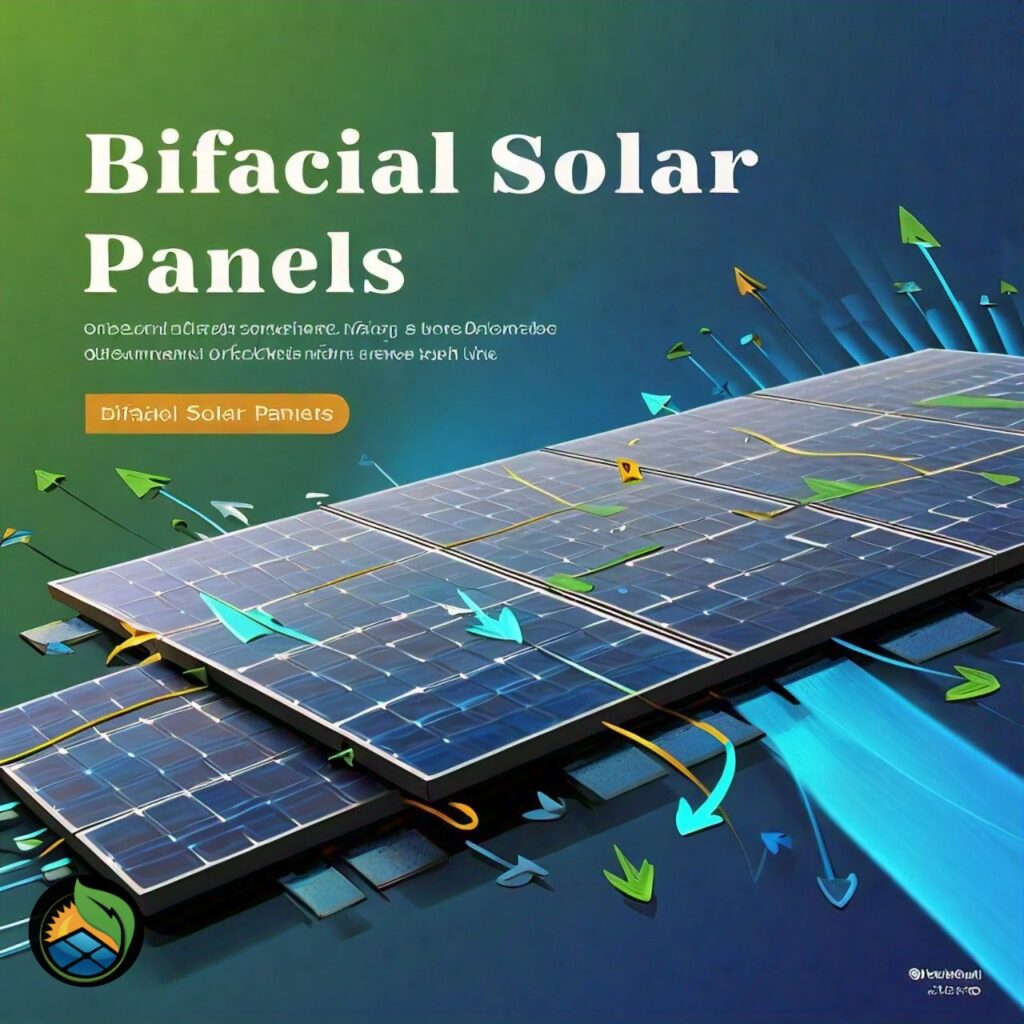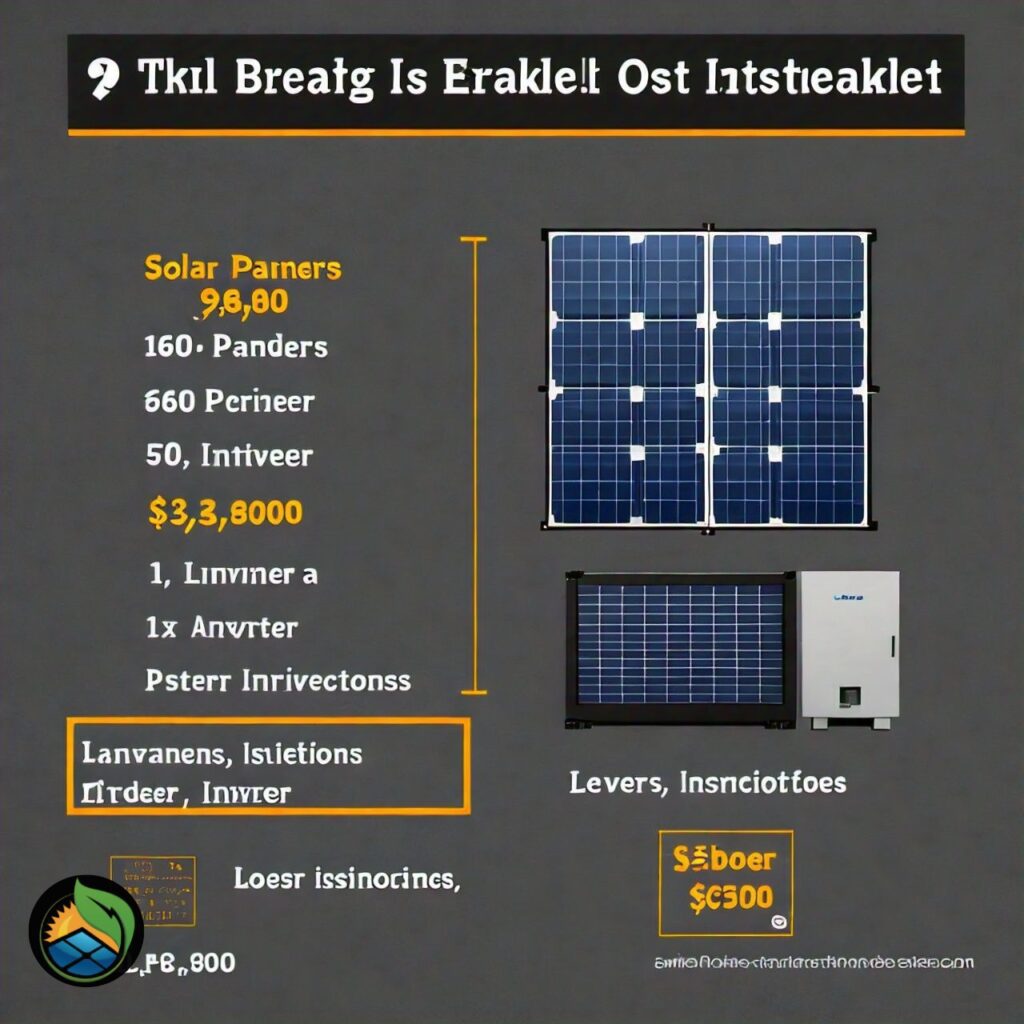Solar power is getting a lot of attention because it is one of the most sustainable energy sources out there. The increased efficiency and adaptability of bifacial solar panels have made them a prominent topic among recent solar technology advancements. Bifacial solar panels are explained in detail in this article, along with how they function, the benefits they offer, and the many uses they may be put to.
Understanding Bifacial Solar Panels
Solar modules that can absorb light from both the front and back of the object are called bicluster solar panels. A bifacial panel’s ability to absorb both incident and reflected light from its environment greatly increases its power output, in contrast to conventional solar panels that solely employ light that reaches their front surface.
How Bifacial Solar Panels Work
Bifacial solar panels rely on their two-sided construction to function. The front side converts direct sunlight into power in the same way as regular solar panels. In contrast, the back is designed to soak up albedo light, which is just sunlight reflected off surfaces like the ground. Using this extra light, bifacial panels are able to produce more power from the same amount of surface area.

Advantages of Bifacial Solar Panels
Enhanced Energy Generation
When compared to conventional panels, bifacial solar panels have the advantage of being able to generate more electricity. Enhancing the collection of reflected light can boost energy production by as much as 30%, contingent upon the specific installation conditions.
Flexibility in a Range of Environments
Bifacial panels are versatile and can be used in many different settings. These panels work brilliantly in urban areas with light-colored surfaces or in snowy places where the snow reflects a lot of light. Their efficacy is maintained even when the sky is overcast because to their capacity to absorb dispersed light.
Optimized Land Usage
Biaxial solar panels are great for areas with limited space because they maximize land usage by producing more power per unit area. Commercial installations and utility-scale solar farms that want to increase energy output without increasing their footprint will find this trait particularly advantageous.
Costs and Pricing of Bifacial Solar Panels
The greater energy production from bifacial solar panels can result in superior returns on investment in the long run, despite the higher initial cost compared to conventional panels. The materials utilized, production methods, and complexity of installation are some of the factors that affect the cost. The upfront cost may be higher, but the potential for increased revenue from power generation and overall savings on energy more than make up for it.
Factors Influencing Bifacial Panel Performance
Several factors can affect the performance of bifacial solar panels:
- Albedo of the Surface: The reflectivity of the ground or surface beneath the panels greatly impacts the amount of additional light captured.
- Tilt and Height: Properly tilting and elevating the panels can optimize light capture on both sides.
- Shading: Minimizing shading from surrounding objects ensures maximum light absorption.
- Weather Conditions: Geographic location and local weather patterns also play a role in performance efficiency.
Optimal Installation Practices
For optimal performance, bifacial solar panels should be installed with careful consideration of their environment. Key practices include:
- Elevating the Panels: Raising the panels can enhance rear-side light capture.
- Choosing High-Albedo Surfaces: Installing panels over reflective surfaces like white roofs or gravel can boost energy generation.
- Minimizing Obstacles: Avoiding shading from nearby structures or vegetation is crucial.
Applications of Bifacial Solar Panels
Utility-Scale Solar Installations
Solar farms on a grand scale are making greater use of bicluster panels. Utility businesses can enhance the output of their solar investments with their cost-effectiveness by using them because they create more power per unit area.
Integration of Businesses and Industries
Bifacial panels are more efficient, making them a good choice for businesses and sectors that have a lot of open area, such as rooftops. Offsetting operational expenses and contributing to environmental goals, the additional energy generated can have a substantial impact.
Application on Residential Rooftops
Additionally, bifacial technology is something that homeowners can benefit from. The possibility of energy independence and long-term savings make the installation more complicated and expensive, but it is still a good option.
Evaluating Efficiency
Any cost-benefit analysis must consider the upfront cost and ongoing savings from bifacial solar panels. In places where the light is highly reflected, the longer the payback period and the greater the total savings might be. This is because of the higher energy production.

FAQs
Are bifacial solar panels better?
Bifacial solar panels offer several advantages over traditional monofacial panels. They can capture sunlight from both sides, leading to increased energy production, especially in environments with high albedo.
Which is better: Monofacial or bifacial?
The choice between monofacial and bifacial solar panels depends on various factors, including installation location, available space, budget, and desired energy output. Bifacial panels generally offer higher energy production potential due to their ability to capture sunlight from both sides.
What is the difference between double glass and bifacial solar panels?
Double glass solar panels refer to modules with two layers of glass encapsulating the solar cells, providing enhanced durability and protection against environmental factors. Bifacial solar panels, on the other hand, are characterized by their ability to generate electricity from both the front and rear surfaces, capturing reflected light.
What are bifacial solar panels used for?
Bifacial solar panels find applications in various sectors, including utility-scale solar installations, commercial and industrial integration, and residential rooftop applications. They are particularly beneficial in environments with high albedo, such as snowy landscapes or areas with reflective surfaces, where they can maximize energy production and optimize land usage.
Can you use bifacial panels on a roof?
Yes, bifacial panels can be used on rooftops, provided that the installation conditions are suitable. Bifacial panels offer homeowners the opportunity to harness solar energy efficiently while maximizing space utilization.
Conclusion
Bifacial solar panels represent a significant advancement in solar technology, offering enhanced energy generation and greater versatility across various applications. Despite their higher initial costs, the long-term benefits and improved efficiency make them a compelling choice for anyone looking to invest in sustainable energy solutions. As technology continues to evolve, bifacial panels are poised to play a crucial role in the future of solar power.
